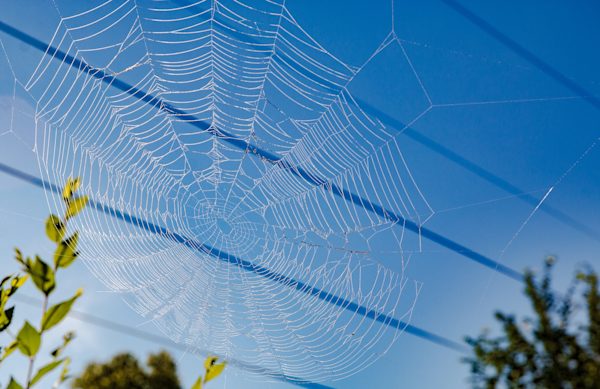New Infrared Technologies’ (NIT) medium infrared cameras are built to monitor heat- and light-intensive environments and processes, such as welding and laser additive manufacturing.
Because they are uncooled, NIT’s cameras provide industrial customers with a cost-effective solution for tracking the efficiency of industrial processes, especially, and most currently, in the automotive industry.
Technology that makes industrial processes smoother
“Right now we are marketing specific solutions for brake disc coating,” Carlos de Miguel, a process engineer at NIT, said. “The industry is starting to move toward applying more resistant coating to brake discs to make them more durable.”
That process is very difficult to control, De Miguel said, especially with something as sensitive as a brake disc, which must be manufactured to stringent specifications. That’s where NIT’s cameras come in.
“They ensure the brake discs are manufactured properly,” De Miguel said. “It’s a very sensitive process; there might be micro-cracks, or the coating may be too thin or too thick, and then it will crack later.”

Design details that enhance performance
To function, NIT’s cameras must be fitted with protective outer casings and mounting solutions that feature very tight tolerances. NIT also prefers them to have a pleasant aesthetic finish. Rather than attempt the time- and resource-intensive process of manufacturing in-house, NIT uses the Protolabs Network to CNC machine the components it needs out of aluminum.
“Protolabs Network delivers,” De Miguel says. “They’re very trustworthy, they accept small orders – which for a business of our size is crucial – and there’s a really wide range of materials to choose from, which was also very important for us.”
Prototype and scale at will
That flexibility allows De Miguel and the NIT team to easily switch materials during the prototyping phase, as well as to adapt to special customer requirements, should the need arise. Combine that with the instant quotes for small-batch production, and the NIT team is able to react quickly and decisively to essentially any project.
“We just upload an STL to Protolabs Network and get started,” he said. “The contact we have with the engineers is also great, and really helps us design the best and most effective part possible. It’s also scalable, you can start just by uploading the file, and then go deeper if you need or want to.”








